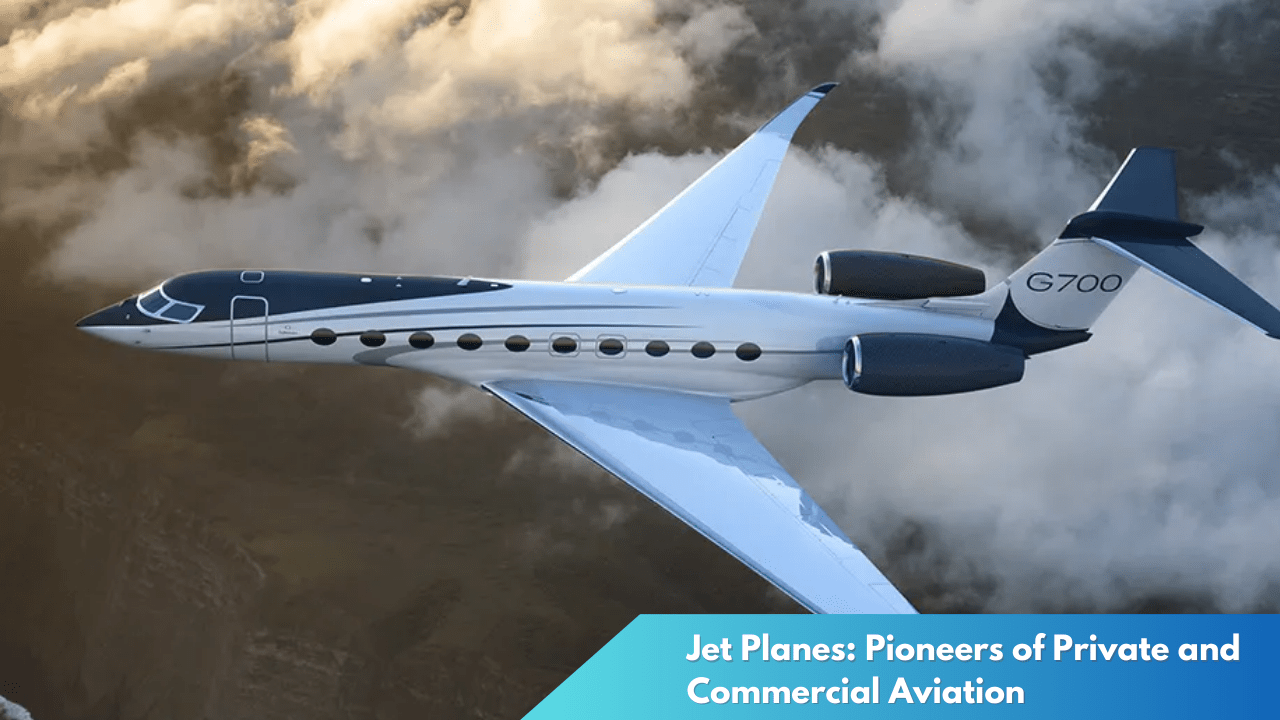Guiding Rusty Pilots Back to the Skies Safely
In the wake of an unprecedented global slowdown in aviation due to the COVID-19 pandemic, many pilots have found themselves grounded longer than ever anticipated. With skies reopening and travel demand increasing, these “rusty” pilots face the challenge of reintegration into a fast-evolving aviation landscape. Ensuring a safe return to the skies is paramount, requiring a structured approach to reacquainting these aviators with their once-familiar cockpit environment. This article explores the essential steps and considerations involved in assisting pilots on their journey back to active flying, ensuring both their safety and that of their passengers.
Navigating the Path to Safe Pilot Reentry
The journey back to the cockpit for rusty pilots begins with a thorough assessment of their current skills and knowledge. Many pilots have been out of practice for extended periods, leading to a natural erosion of proficiency. To address this, flight schools and airlines are implementing comprehensive evaluation programs that focus on critical areas such as technical knowledge, flight procedures, and emergency protocols. These assessments are vital to identify any gaps in a pilot’s capabilities and tailor training programs to meet individual needs, ensuring that each aviator regains the confidence and competence required for safe flight operations.
In addition to technical evaluations, mental and physical health assessments play a crucial role in the reentry process. Pilots need to be at their peak both physically and mentally to handle the demands of flying. Airlines and aviation authorities are increasingly recognizing the stress and anxiety associated with returning to flight duty after a prolonged hiatus. To support pilots, initiatives such as counseling services and wellness programs are being offered. These resources help pilots manage stress, maintain focus, and adapt to the rigors of flight, ultimately contributing to their overall readiness.
Furthermore, staying abreast of regulatory changes and advancements in aviation technology is essential for rusty pilots. The aviation sector has seen rapid innovation and updates in safety regulations, requiring returning pilots to familiarize themselves with these developments. Regular training sessions and seminars are organized to ensure pilots are updated on new cockpit technologies and operational practices. By maintaining an ongoing dialogue with industry experts and participating in continuous learning opportunities, pilots can ensure they are well-prepared to adapt to any changes they encounter upon their return.
Essential Steps for Rusty Aviators Returning
A structured retraining program tailored to individual needs is the cornerstone of a successful return for rusty pilots. These programs typically commence with simulator sessions that allow pilots to practice maneuvers and procedures in a controlled environment without the risks associated with actual flight. Simulators provide an opportunity to work through various scenarios, including rare or emergency situations, thereby reinforcing the pilot’s decision-making skills and ensuring they can handle unexpected challenges with confidence.
Flight instructors play a pivotal role in the retraining process, offering expertise and guidance that are crucial for the re-acclimation of rusty pilots. By working one-on-one with pilots, instructors can provide personalized feedback and support, addressing specific weaknesses and building on strengths. This mentorship not only aids in skill restoration but also boosts morale, encouraging pilots to approach their return with enthusiasm and assurance. The mentorship dynamic is a vital component in rebuilding the trust between an aviator and the machine they command.
Finally, a phased approach to reentry is recommended, gradually bringing pilots back to full operational status. Many airlines have adopted a step-by-step process where pilots initially operate as co-pilots or on shorter routes before taking on more demanding assignments. This incremental exposure allows pilots to rebuild their confidence, familiarity, and operational acumen without feeling overwhelmed. As they reacquaint themselves with the rhythm and responsibilities of flying, these pilots slowly transition to their previous roles with renewed vigor and assurance.
The reentry of rusty pilots into the aviation workforce is a complex yet achievable endeavor, underscored by the industry’s commitment to safety and excellence. By following structured evaluation and training protocols, and prioritizing both technical and mental readiness, aviation authorities and airlines can ensure that pilots are well-prepared to tackle the challenges of modern flying. As these aviators take to the skies once more, equipped with refreshed skills and newfound confidence, they not only contribute to the revival of the aviation industry but also reinforce the trust and safety that passengers have come to expect.



